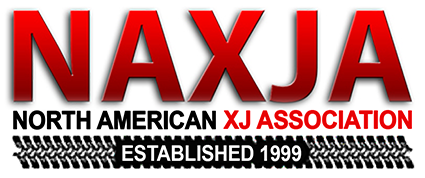gcam
NAXJA Forum User
- Location
- alberta, canada
I've sprayed my entire XJ before, and have assisted with painting several other vehicles. I've also done parts of other vehicles before, but I don't know how to blend a touch up with the rest of the surrounding paint.
How do you feather back from the spray area when you are touching up a small spot to get it to blend in with the larger surface? How do you protect the surrounding paint and not mask it off, getting lines where it was masked?
Thanks,
Geoff
How do you feather back from the spray area when you are touching up a small spot to get it to blend in with the larger surface? How do you protect the surrounding paint and not mask it off, getting lines where it was masked?
Thanks,
Geoff
